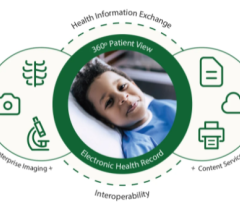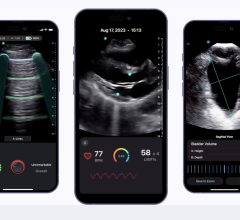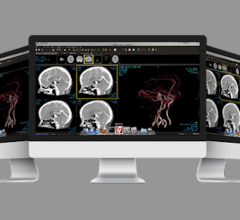
April 6, 2009 – According to The Certification Commission for Healthcare Information Technology (CCHIT), an unprecedented rush of applications to meet a March 31 deadline for applying for the 2008 cycle of certification testing brought to 64 the number of ambulatory electronic health record (EHR) products seeking to become CCHIT Certified.
“I can say this: we are already experiencing a stimulus effect from the American Recovery and Reinvestment Act (ARRA),” said Mark Leavitt, M.D., Ph.D., Commission chair, speaking at a CCHIT Town Hall at the HIMSS 2009. “We received 44 applications in March, an all-time monthly record for us.”
The total applications represent a 33 percent growth over the 2007 cycle, strong evidence that the industry sees a solid continuing role for CCHIT certification in federal and private-sector health IT adoption efforts. Additionally, nearly 40 percent of the applications were for first-time rather than returning EHR products, and more than 60 percent of the applicants reported revenues of $10 million or less, which qualifies them as small businesses. Leavitt pointed out that the prevalence of smaller vendors and new entrants continues to refute speculation that certification could be a barrier to new or small companies.
The organization noted good uptake of optional certifications for child health, with 26 applications, and cardiovascular medicine with 11 submittals. CCHIT also received seven applications for Emergency Department EHRs and three for Inpatient EHRs. To date, 25 ambulatory EHR products have been 08 certified, along with three products for the Emergency Department and one Inpatient EHR. The remaining products will undergo testing and certification through June 30.
The increase in applications for 2008 certification validates CCHIT’s strategy of advancing the requirements for EHRs each year, leading to continuous progress and innovation, according to CCHIT. Products certified against 2008 criteria, for example, have abilities to handle lab test results and perform e-prescribing functions that were not required in previous years. These products also are able to generate, format and display clinical data summaries using interoperability standards that promise to ultimately make patient records automatically exchangeable with other EHR systems.
For more information: www.cchit.org


 June 28, 2024
June 28, 2024 








